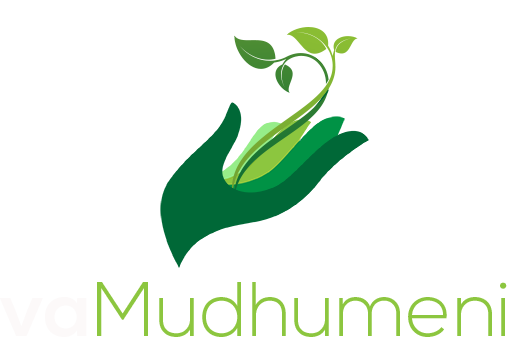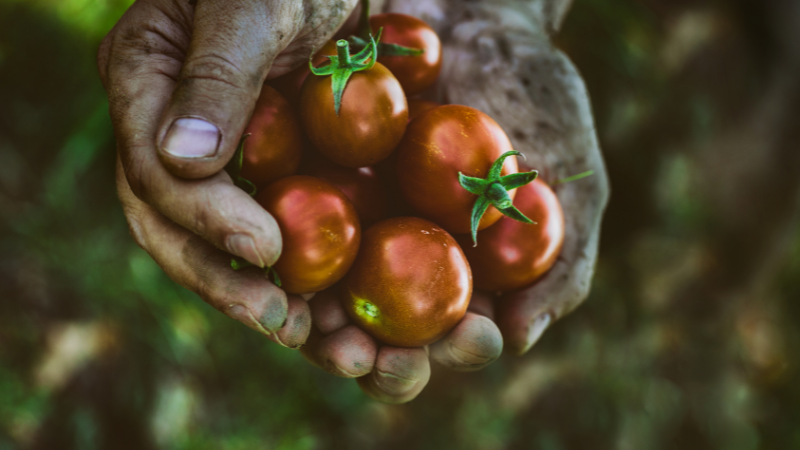By Albert Makendenge
The last thing that any farmer would want in the business of farming is to harvest their crop either prematurely or too late. Quality and marketability of produce depend a lot upon being able to get the time of harvesting right. For any crop or plant, there are usually some physiological signs that farmers can watch out when they are making their decision on whether or not to harvest.
- Fruit and leaf color changes
This is probably the most common and easiest one to identify for most farmers. Towards the end of the plant’s life cycle as it nears maturity, leaves and other visible parts of the plant just tend to naturally dry and turn yellow or yellowish brown. The fruit itself goes through color changes which clearly show the growth and development it is currently in.
- Size and shape
Changes in the size and shape of a crop/fruit while growing are also frequently used to determine the time of harvest when compared to generally accepted or known sizes for that particular fruit or crop when it is fully grown. It is things like the width and length of a single fruit that go into this decision which is then usually validated by known periods of time during which or within which that particular crop is supposed to grow.
- Aroma
Most crops or fruits synthesize volatile chemicals as they ripen. Such chemicals tend to give fruits their characteristic odour and can therefore be used to determine whether they are ready or not. However, these odours may only be detectable by humans when a fruit is completely ripe.
- Abscission and fruit opening
As part of the natural development of a fruit, an abscission layer is formed in the pedicel. In some crops harvesting before this abscission layer is fully developed can result in inferior-flavored fruit, compared to those harvested when it is fully developed. Some fruits also tend to split when they are fully mature.
- Firmness
Farmers can use the touch and feel method or even today’s more sophisticated and technological methods to test for firmness of the plant’s fruits. A fruit may change in texture during maturation, especially during ripening when it may become softer. These textural changes may simply be used to judge whether or not a crop is ready.

